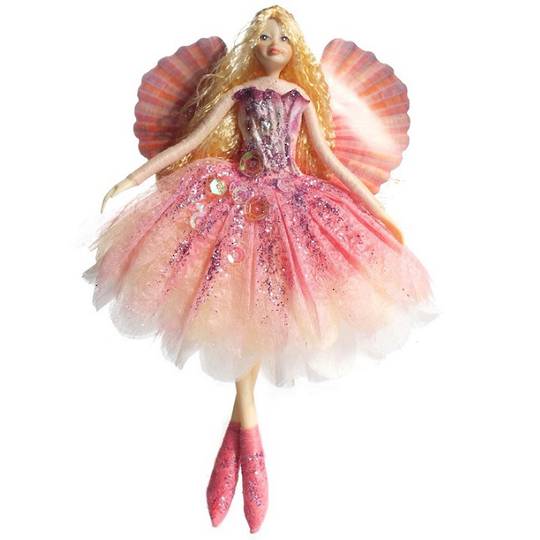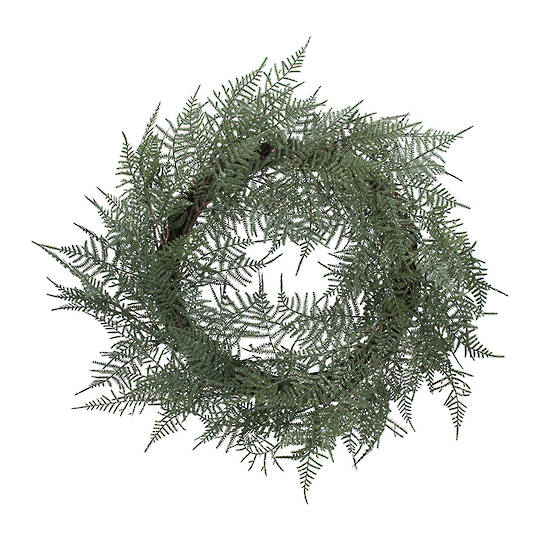Sparkly NZ Bird, Huia Pair 12cm
12x8cm. An extinct endemic New Zealand songbird
42207
New Zealand, Hanging Birds, Hanging NZ Sparkly Decorations
Description
The Huia was the largest of New Zealand's wattlebird species. The Huia was key assisting in the regeneration of the forest by digging into the rotten and fallen logs and trees. The only other bird in New Zealand that does this role is the Kaka. The Huia always hunted in manganous pairs that mated for life. The female had a longer, skinner bent beak for extracting insects. The male had a shorter, wider and stronger beak for digger and levering the rotting wood. They could feed in the same area collecting different grubs. They would often tandem up to hunt larger prey like weta's.Huia were described as 'ecologically naive' with little fear of humans. They females would let humans pat them while they were on the nest. If one Huia was captured the bond was so strong it's mate would come to join it. The Huia were weak flyers and seldom flew above tree-height. The Huia preferred to move along hopping through the branches and along the ground, similar to the kokako. The Huia were reportedly the first birds to call in the early dawn. The Huia is often referred to as a "love birds" as they were a strong team and would sing away to each other. When one of the paired died the other died not long after.
The Huia's tragic loss symbolises the impact of human arrival has had on the fragile and unique bird diversity in New Zealand. Huia were populous throughout the North Island until human arrival, when it was reduced to the south eastern region of the North Island. For Maori the Huia was revered as a symbol of nobility, leadership and hierarchy. Iwi recognised the rapid decline of the Huia with their arrival so managed the iconic species by implementing rahui (hunting restrictions). This management system work well until colonisation. With the impact of colonisation on Maori society, chiefly authority declined and the rahui no longer protected the Huia. Colonisation brought with it, predators (rats) and a rapid demand for pastoral areas, creating a decline of the Huia's habitat. Early European settlers replicated Maori's reverence with the Huia by wearing its feathers. Equally damaging was, the impact of 'naturalists' with collectors rushing to add large numbers of Huia's to overseas collections, ironically before the Huia became extinct. The government departments were slow to respond, and although a protection was put in place in 1892 and recommendations were put in pace to transfer birds to bird sanctuaries. The protections were not enforced, and translocations of birds were interfered with at a govenment level. In 1893 one of the last few remaining breeding pairs of Huia's were captured and were in transit to Little Barrier Island was intercepted and acquired by Walter Buller and was apparently sent to England. The last confirmed sighting of a Huia was in 1907. With possible sightings in the 1920's and maybe the 1960's.
An extinct bird has never won Bird of the Year. It would only take one person to give a voice to a bird of the past to help the birds of the future. Voting is in apx October/November every year and is always an exciting and heavily competed contest.
The Huia sparkly decoration was introduced in 2023.
This decoration is made of fabric, sequins, beads and coloured metallic threads. It is nice and light for posting. If you need to send them internationally, we can do it for you. Handy information - The cost to send up to 10x NZ Bird sparkly decorations to the same international address is the same as sending 1x.




.jpg)
.jpg)


